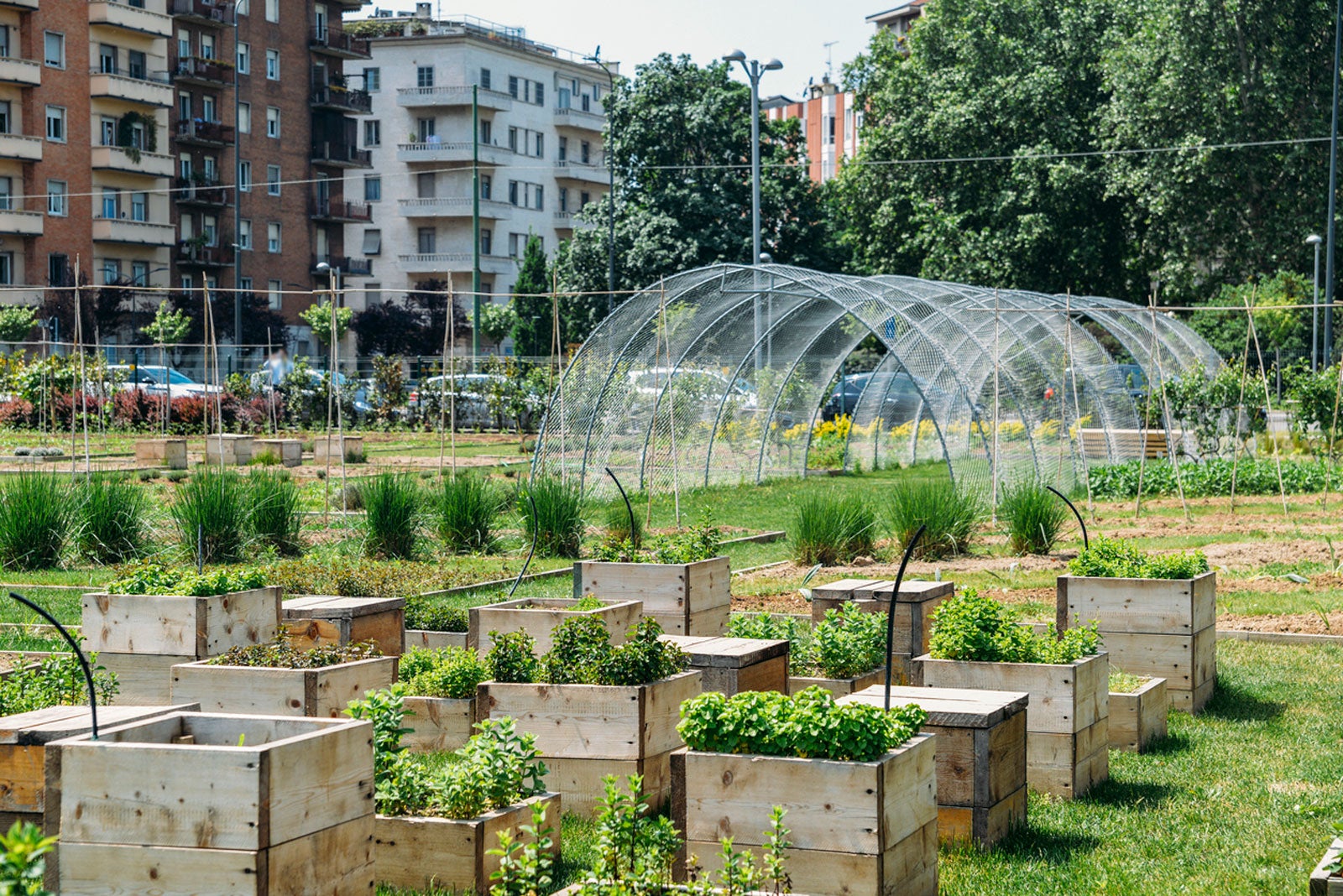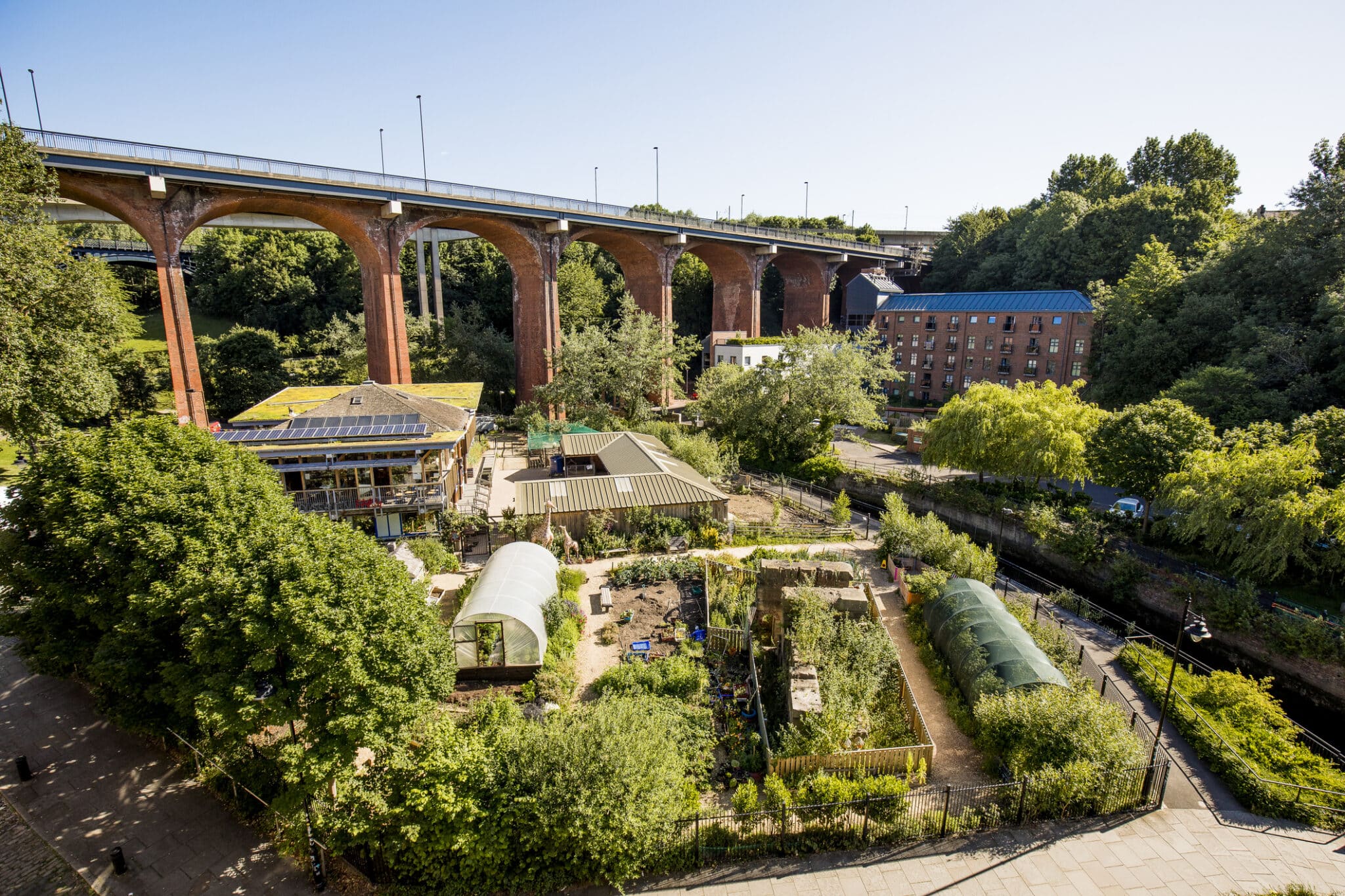Facts About City Blooming Revealed
Facts About City Blooming Revealed
Blog Article
The smart Trick of City Blooming That Nobody is Talking About
Table of ContentsGetting My City Blooming To WorkCity Blooming Can Be Fun For EveryoneThe Single Strategy To Use For City BloomingThe smart Trick of City Blooming That Nobody is Talking AboutHow City Blooming can Save You Time, Stress, and Money.
Intrigued in growing food for sale in the City of Chicago? Thinking of starting a neighborhood yard? Changes to the Chicago Zoning Regulation enable agricultural usages like area gardens and metropolitan farms in numerous components of the city. Below is a listing of often asked questions pertaining to the policies and regulations that cultivators should take into consideration when planning a metropolitan farming job.
The zoning amendment does not customize any other codes handling composting, building permits, buying or renting City owned residential or commercial property, business licenses or environmental contamination. There are existing codes that manage these problems and they remain completely impact and might apply to your job. Community yards are usually possessed or managed by public entities, civic organizations or community-based organizations and kept by volunteers.
Urban ranches expand food that is planned to be sold, either on a not-for-profit or for-profit basis. Due to their industrial purpose, city farms require a business license.
The Of City Blooming
Composting is permitted yet just for plant material that is created and used on website. The amount of garden compost product can not surpass 25 cubic backyards at any type of offered time according to the requirements in 7-28-715 of the City's Municipal Code. Yes. Since the dirt at most brand-new yard sites needs changing, garden compost, dirt, timber chips, or other materials can be gotten to build or improve the growing area - sustainable gardening.

If a building license is called for after that the hoophouse will certainly be considered an accessory building. You can locate out more about the structure permit demands by contacting the Department of Buildings. The 25,000-square-foot size restriction is intended to avoid a solitary community garden from controling a provided block or diminishing the block's existing domestic or commercial character.
The restriction does not use to gardens located in Public Open Area (POS) districts. Can there be even more than one area yard that is 25,000 square feet on a single block? Yes. The size limit puts on specific gardens, not to private blocks. No. Fencing is not needed, nevertheless, yards that have big parking areas might be called for to set up fence or other landscape design functions.
The Facts About City Blooming Revealed
B1 & B2 areas require that all business usage tasks be carried out indoors. R districts limit industrial task. The regulations reflect the objective and intent of the Zoning Code. Is fencing required for urban ranches? Yes. Fencings may be needed, along with landscape design and testing, for sure auto parking areas and exterior work or storage space locations relying on area and the specific activity taking location.
Urban farms need building authorizations and zoning authorizations prior to building (home and garden). Various other types of city evaluation might be required depending on particular structures, tasks, size, landscape design, licensing, public heath and stormwater management problems.
The Division of Company Matters and Customer Protection can aid identify the certain kind of business permit that's called for. Off road car park is needed for many business projects in Chicago. The required number of vehicle my website parking spaces is based on the number of employees functioning on site and not the square footage of the growing room.
City Blooming for Dummies

An urban farm can offer compost product produced on site, nevertheless, the operation should conform with the laws in 7-28-715 of the Chicago Municipal Code. Aquaponic systems are allowed indoors on urban ranches in numerous zoning areas.
As much as five hives or swarms of honey may be maintained as an accessory usage. Beekeepers need to register with the Illinois Department of Agriculture. For more details regarding the recommended zoning modification you may call the Division of Real Estate and Economic Growth, Bureau of Planning and Zoning at 312.744.8563.
Farming in cities and metropolitan areas A city ranch in Chicago. Urban farming describes different techniques of cultivating. https://cityblooming.start.page, processing, and dispersing food in metropolitan locations. The term likewise puts on the location activities of pet husbandry, tank farming, beekeeping, and horticulture in a city context. Urban agriculture is differentiated from peri-urban farming, which takes location in backwoods beside residential areas.
The Greatest Guide To City Blooming
It can involve a motion of natural cultivators, "foodies" and "locavores", who look for to develop socials media based on a shared principles of nature and neighborhood holism. These networks can develop by method of formal institutional support, becoming integrated right into neighborhood community preparation as a "transition town" activity for sustainable metropolitan development.
In either instance, the much more straight accessibility to fresh vegetable, fruit, and meat items that might be realised through urban agriculture can enhance food safety and security and food safety and security while decreasing food miles, resulting in lower greenhouse gas exhausts, thereby contributing to climate adjustment mitigation. Several of the first proof of city agriculture comes from Mesopotamia.
Report this page